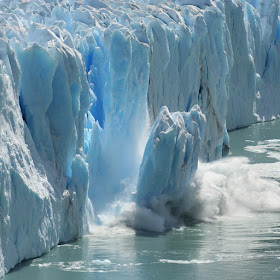A period of intense cold and the expansion of glaciers, resulting in a lower sea level. Such periods of large-scale glaciation may last several million years and drastically reshape surface features of entire continents. In the past, there were many ice ages; the earliest known took place during Precambrian time dating back more than 570 million years. The most recent periods of widespread glaciation occurred during the Pleistocene epoch (1,600,000–10,000 years ago). A lesser, recent glacial stage called the Little Ice Age began in the 16th century and advanced and receded intermittently over three centuries. Its maximum development was reached about 1750, at which time glaciers were more widespread on Earth than at any time since the principal Quaternary ice ages. The idea of an ice age in the geological sequence is usually credited to Jean Louis Agassiz, a Swiss naturalist, who suggested it c. 1837. Agassiz conceived a worldwide cold period when areas as far apart as North America and Germany had been glaciated.

Hiç yorum yok:
Yorum Gönder